During the negotiations, it seemed like it could. UAE did approach the COP28 presidency with ambition: the plan was to reach an impressive compromise and start creating new, non-fossil economy in the country, as they strived for the agreement to have a separate mention of phasing down fossil fuels. UAE wanted to achieve something historical – it does show a great example from an oil country, taking initiative to cut profits to reduce carbon emissions, which is the kind of leadership and cooperation we need from countries currently profiting from oil.
After a very disappointing version, the final, accepted version has now been announced to include transitioning away from fossil fuels. Though the wording is not binding, this still marks the historical decision UAE wanted, as fossil fuels are included in the agreement text for the first time.
Globally, there is still a lot to do for finding consensus, despite the COP28 success. Looking at Europe, the strive towards a common goal looks even brighter. The EU negotiates for its member states and has been pushing for a higher ambition level, also targeting a carbon neutral Europe by 2050.
Hydrogen needed to achieve carbon neutrality

Hydrogen was recognised as a flagship initiative at COP28, in order to keep global warming under 1,5 degrees. The hydrogen used in industrial settings at the moment is mainly not green, meaning it has not been produced with renewable electricity. There are also new ways to utilise hydrogen – for example, it can be used in steel production, where decarbonising is especially important. Steel industry currently produces significant CO2 emissions worldwide, that could be cut to zero with green hydrogen.
Hydrogen Cluster Finland estimates that Finland could produce up to 14 % of the green hydrogen that Europe needs to decarbonize and create new economy. Germany has already announced it will need to import significant amounts of green hydrogen for its industrial needs – as Germany also wants to be carbon neutral by 2045. Countries like Germany see Finland’s stable society, EU and Nato memberships, geographical distance and planned hydrogen pipelines as competitive advantages when deciding where to import hydrogen from.
For Finland, it is currently important to create awareness. We have a more ambitious carbon neutrality goal of 2035, which we can achieve with the help of hydrogen economy. Hydrogen value chain requires significant investments and building supply and demand hand in hand – which we are currently doing in BalticSeaH2 hydrogen valley project. A hydrogen valley includes the whole value chain, from renewable energy to end products. Finland could become a major exporter of either hydrogen or the more high-value derivatives and products. What we need for that to happen is off-take agreements, brave final investment decisions, fast permitting and supportive regulation.



